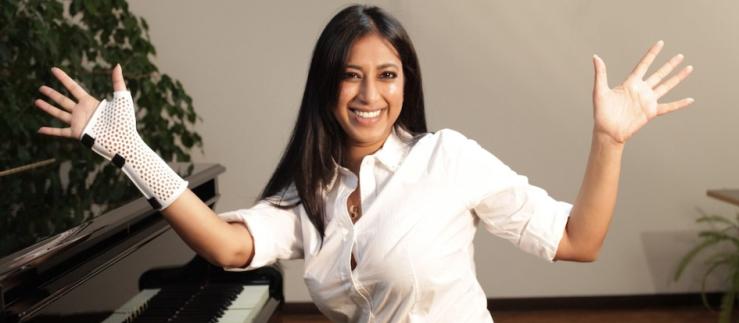Currently, the flow of information between the brain and an artificial limb is one-directional: neuronal activity – such as the desire to move a prosthesis – is decoded by electrodes and translated into movement. Such systems, however, lack precision due to the absence of sensory feedback from the artificial limb. Researchers at the University of Geneva (UNIGE) discovered that it was possible to transmit this missing perception back to the brain by stimulating neural activity in the cortex, and that the underlying learning process occurs very rapidly.
The studies were performed in laboratory mice: “We wanted to test whether mice could learn to control a neural prosthesis by relying uniquely on an artificial sensory feedback signal”, explains Mario Prsa, researcher at UNIGE and first author of the study, in a press release.
These findings, published in the scientific journal Neuron, set the groundwork for developing a new generation of bidirectional neural prostheses that can be moved more quickly and more precisely by the brain, and that could potentially feel objects with sensitivity to pressure.







